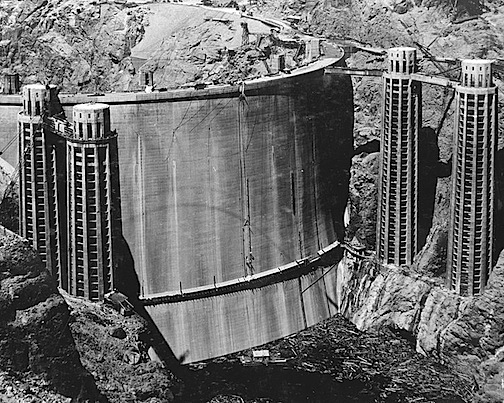 It is undisputed that concrete and the technology that surrounds it have progressed a lot since its invention and growth. Starting from Giza’s Great Pyramids at Giza to sensors that can measure concrete’s temperatures, maturation, etc. We’ve put together an overview of the most notable developments and events in the development of concrete.
It is undisputed that concrete and the technology that surrounds it have progressed a lot since its invention and growth. Starting from Giza’s Great Pyramids at Giza to sensors that can measure concrete’s temperatures, maturation, etc. We’ve put together an overview of the most notable developments and events in the development of concrete.
6500BC 6500BC UAE The earliest records that mention concrete buildings date to the 6500 BC from the Nabataea traders who lived in the regions of Syria as well as Jordan. They built concrete flooring, housing structures, as well as underground cisterns.
3000 BC3000 BC Egypt along with China: Egyptians used mud combined with straw to hold dried bricks. They also employed gypsum mortars as well as lime mortars to build the pyramids. In the Great Pyramids at Giza used approximately 500,000 tons of mortar. A type of cement was also used in the construction of the Great Wall of China around the time of.
600 BC 600 BC Rome While the Ancient Romans weren’t the first to use concrete however they were the first to use this material in a widespread manner. In 200 BC The Romans had successfully implemented using concrete for most of the construction. They made a mix of lime, volcanic ash and seawater to create the mix. The mixture was then stuffed into wooden shapes after which they put them in the form of bricks. In the midst of more than 2,000 years, Roman concrete structures are standing tall because of the ingredients that collided with the earth’s natural chemistry.
Technological Milestones throughout the Middle Ages, concrete technology was advancing. Following the fall of the Roman Empire in 476 AD the process for making pozzolan cement went under until the discovery of a manuscript detailing the process was discovered in 1414. The interest was rekindled in the construction process using concrete.
In 1793, it wasn’t until when the technology made a huge leap forward, when John Smeaton discovered a more contemporary method of producing hydraulic lime to cement. The limestone contained clay which was then fired until it transformed into clinker. This was then crushed into powder. The material was used in the historic reconstruction of Eddystone Lighthouse in Cornwall, England.
In 1824, Joseph Aspdin invented Portland cement by burning finely ground clay and chalk until carbon dioxide was eliminated. The cement was named by Aspdin for the top-quality construction stones that were quarried in Portland, England.
In the 19th century, cement was used mostly to construct industrial structures. The first use of Portland cement for home construction was made in England as well as France between 1850-1880. It was developed by Francois Coignet. Coignet used steel rods to keep walls on the exterior from expanding.
